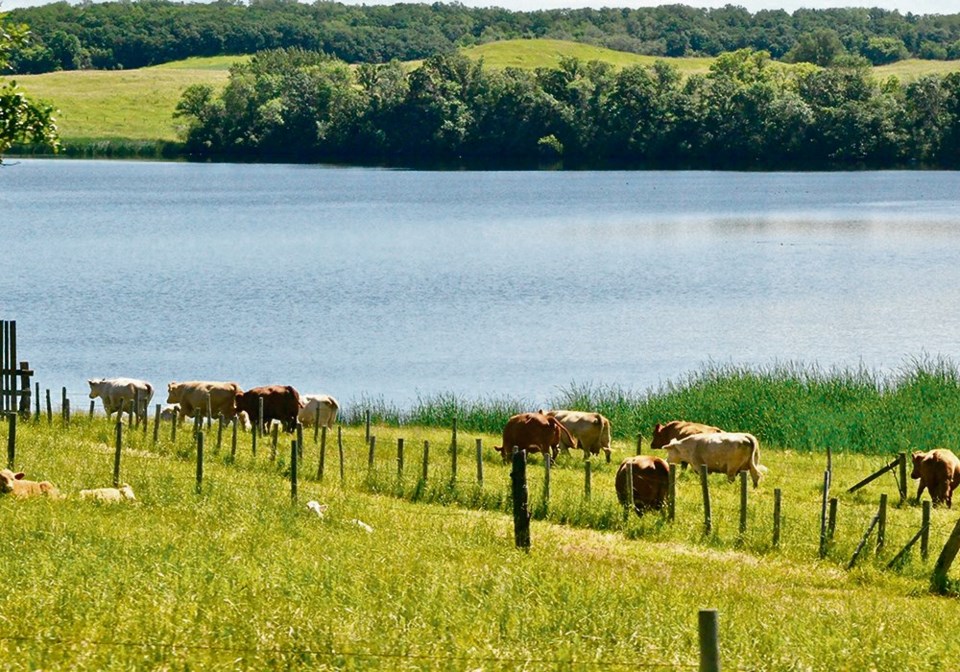YORKTON - Recent storms in the east-central region have kept topsoil moisture levels high and there’s standing water in cropland, according to the crop report for the period of June 13 to 19. Five per cent of acres in the region have gone unseeded for the year due to the excess moisture received this spring. Two per cent of seeded acres, one per cent of forage and one per cent of pasture land is experiencing localized flooding. Even with excess moisture, 18 per cent of seeded acres, 26 per cent of forage and 26 per cent of pasture are experiencing environmental stress due to dry conditions.
Crops are at normal stages of development for this time of year. Fall cereals are the most advanced in development, with 18 per cent ahead of normal for this time of year. Spring cereals and oilseeds are the most behind normal stages of development, with 16 per cent of each crop behind normal.
Notable rain events this past week includes 65 mm received in the Ituna area. The area north of Yorkton received only a few mm of rain this week, with two mm recorded in Pelly. Topsoil moisture in the region remains adequate. Ten per cent of acres is rated surplus, 70 per cent adequate, 16 per cent short and four per cent very short.
Topsoil moisture in hay and pasture land follow a similar pattern to the moisture levels in cropland. Ten per cent of hay and pasture land has a surplus of topsoil moisture, 60 per cent is adequate, 24 per cent is short and six per cent is very short. Many livestock producers in the region are anticipating water shortages this year and are also concerned about water quality for their livestock.
Producers are currently switching their focus away from seeding and now scouting their crops for pests while also in-crop spraying. Grasshoppers are a large concern for producers in the region, many producers are also evaluating their hay stands and are getting prepared for haying.




